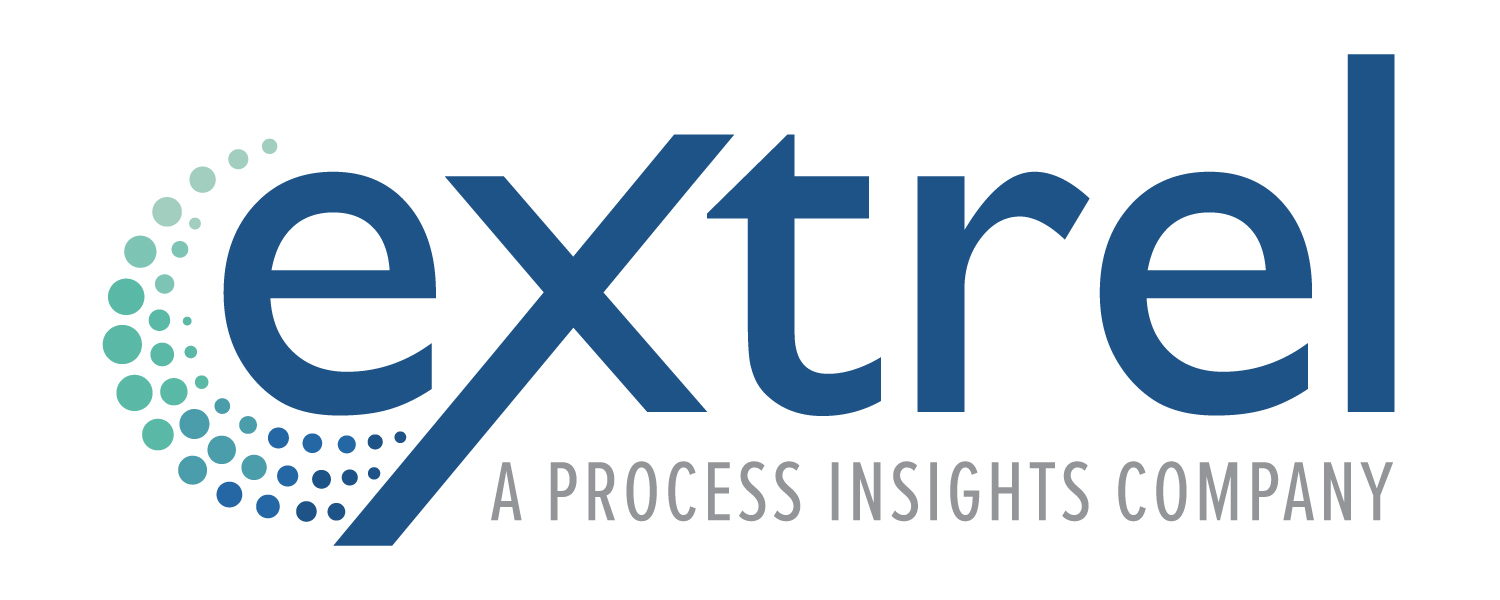

Flare gas analysis can seem complicated. Industrial vent
gas is a complex mixture of hydrocarbons, VOCs, and other compounds, and the
owner of the flare often faces a combination of requirements from federal, local,
and site-specific regulations. Fast, accurate composition analyzers are helping
industry address both issues, and lower overall emissions.
A real-time, flare mass spectrometer can analyze the total
composition of the vent gas going to the flare. This usually consists of
hydrocarbons, hydrogen, VOCs, nitrogen, and combustion gases. Some flares, like
those found in oil refineries, can also have high concentrations of H2S,
sulfurs, or other corrosive compounds.
The mass spectrometer measures
everything in the sample. Parameters like Net Heating Value (NHV) and Total
Sulfur (TS) are calculated and reported in real-time. This means that one mass
spectrometer is sufficient to meet all the regulatory requirements placed on
the flare.

A global hydrogen revolution is underway and Extrel CMS and Tiger Optics
are well suited to lead the way in purity analysis. With recent
global initiatives for green energy sources, zero-emission vehicles and other
industrial transportation products, hydrogen looks to be an important fuel
source for the 21st century.
Purity analysis over the entire lifecycle of hydrogen is of growing importance
as the production, storage and use of hydrogen expands. The European
Commission estimates that over 30% of the European fuel mix could be
represented by hydrogen by 2050. Countries in Europe are adding
hundreds of hydrogen fueling stations this decade. In the United
States, California aims to have 1.5 million zero-emission vehicles on the road
by 2025. To support this goal, the California Energy Commission is
supporting the installation of 100 fueling stations throughout the state.
Although fuel cell electric vehicles (FCEV) receive most of the press, there
are many other industrial uses of hydrogen fuel cells. The hydrogen
power distribution market is continuously evolving adding thousands of on-site
generators of hydrogen to power everything from forklifts, pallet jacks and
other industrial equipment.
Extrel
CMS and Tiger Optics both have a long history of working with hydrogen purity
at all stages in the lifecycle. With the powerful combination of Extrel
Mass Spectrometry and Tiger Cavity Ring-Down Spectroscopy (CRDS), we are able
to meet or exceed analysis requirements for all impurities in the various
industry standards regulating the purity of fuel-cell-grade hydrogen.
Our portfolio of analyzers, based on Mass Spectrometry and CRDS, offer many key
advantages which our industrial partners demand for their hydrogen purity
analysis, including:

The Pharmaceutical industry continues to be an essential element of healthcare systems worldwide. Today’s manufacturers need to know about the latest Process Analytical Technology (PAT) and the impacts due to the COVID-19 pandemic.
Unprecedented demand for production at massive scale requires significantly improved processes from research labs, to pilot plants, to full-scale production sites through supply chain.
Demand for implementing the most innovative, cutting-edge technologies in pharmaceutical industries has never been more laser focused or more competitive. Extrel strives to provide our customers with innovative solutions allowing them to increase product yield, improve product quality, minimize downtime, and better control their manufacturing processes.
FERMENTATION CONTROL.
In the fermentation process, the growth of bacteria and production of drugs takes place under very tight conditions. The aeration rate, temperature and dosage of nutrients are regulated very closely during several stages of the process.
The Quadrupole Mass Spectrometer is used to provide full, fast, and precise analysis of the incoming air and the off gas from the fermenter.
MAX300-BIO Bioreactor Gas Analyzer
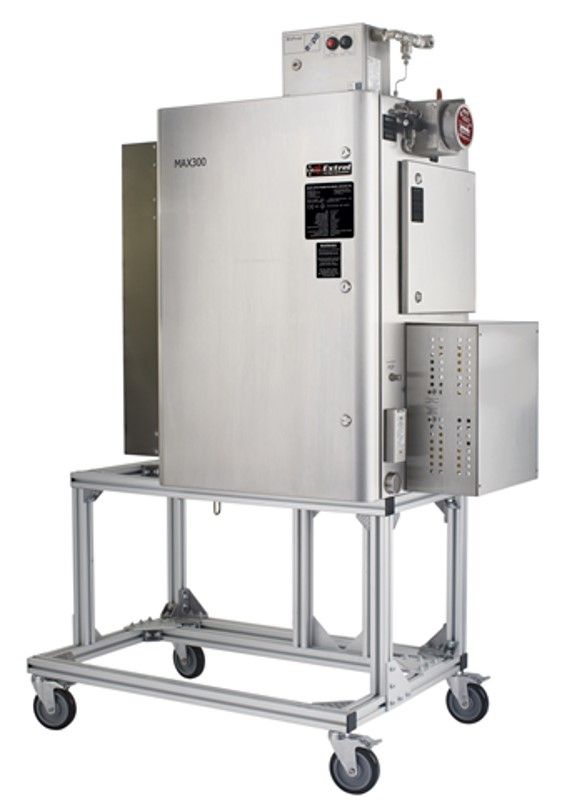
MAX300-BIO Bioreactor Gas Analyzer has been installed in major manufacturing stages within pharmaceutical industries. One of the main applications is for fermentation process control.
LEARN MORE
SOLVENT DRYING.
Pharmaceutical manufacturers are well aware of the industry statistics that at least 25% of time and energy can be saved by terminating the active pharmaceutical ingredient drying process at its true endpoint.
To avoid interrupting the process (traditional methods to determine the drying process involved sampling and analyzing the product in a lab) and possible contamination of an entire batch, many producers choose to overextend the drying process. Today you can solve this problem by using two great options,
The MAX300-RTG™ Industrial Process Gas Analyzer
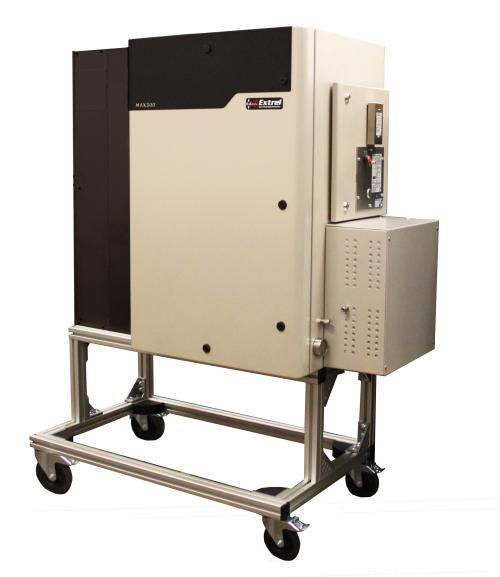
or MAX300-LG™ Laboratory Gas Analyzer
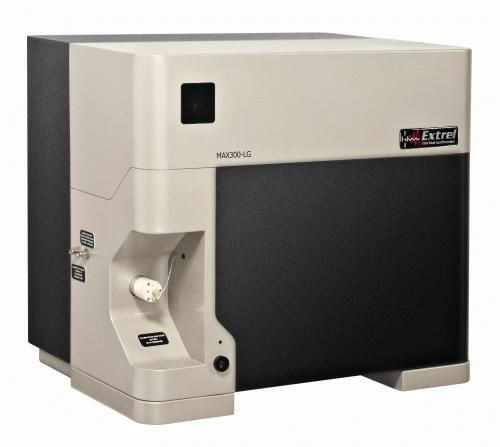

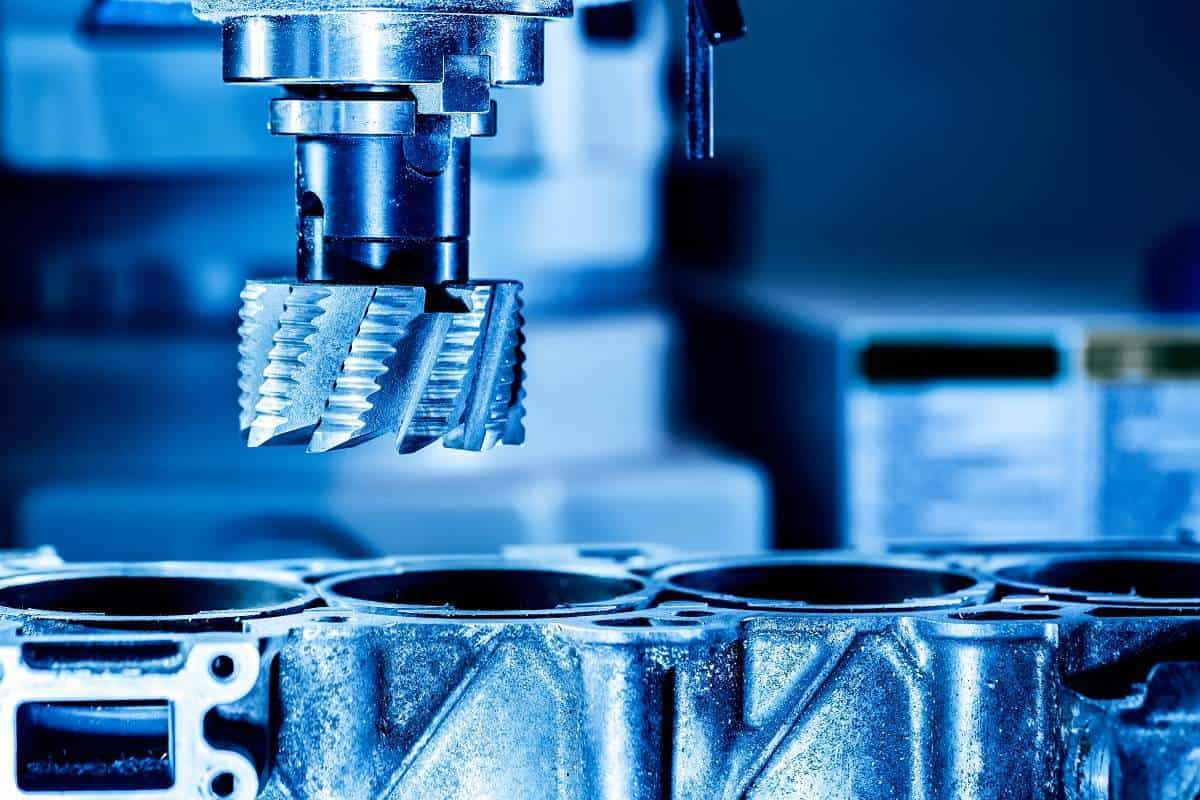
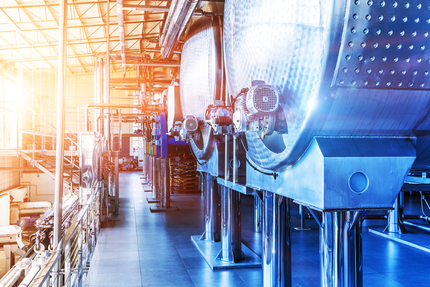
We are here for you. Give us a call or send an email.
Extrel CMS, LLC
575 Epsilon Drive
Pittsburgh, PA 15238
USA
Sales +1 412.963.7530
Support +1 412.967.5754
created with
Website Builder Software .